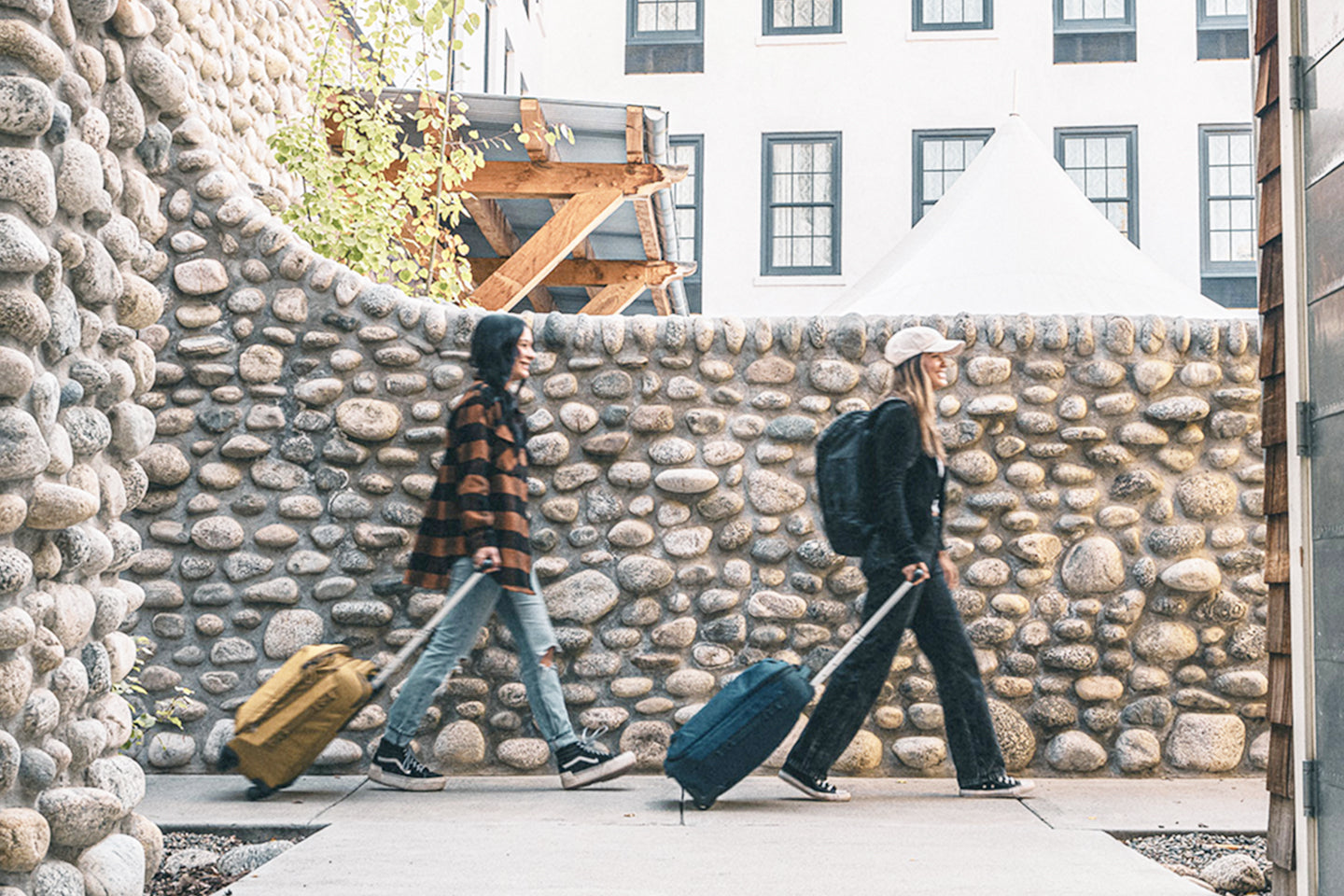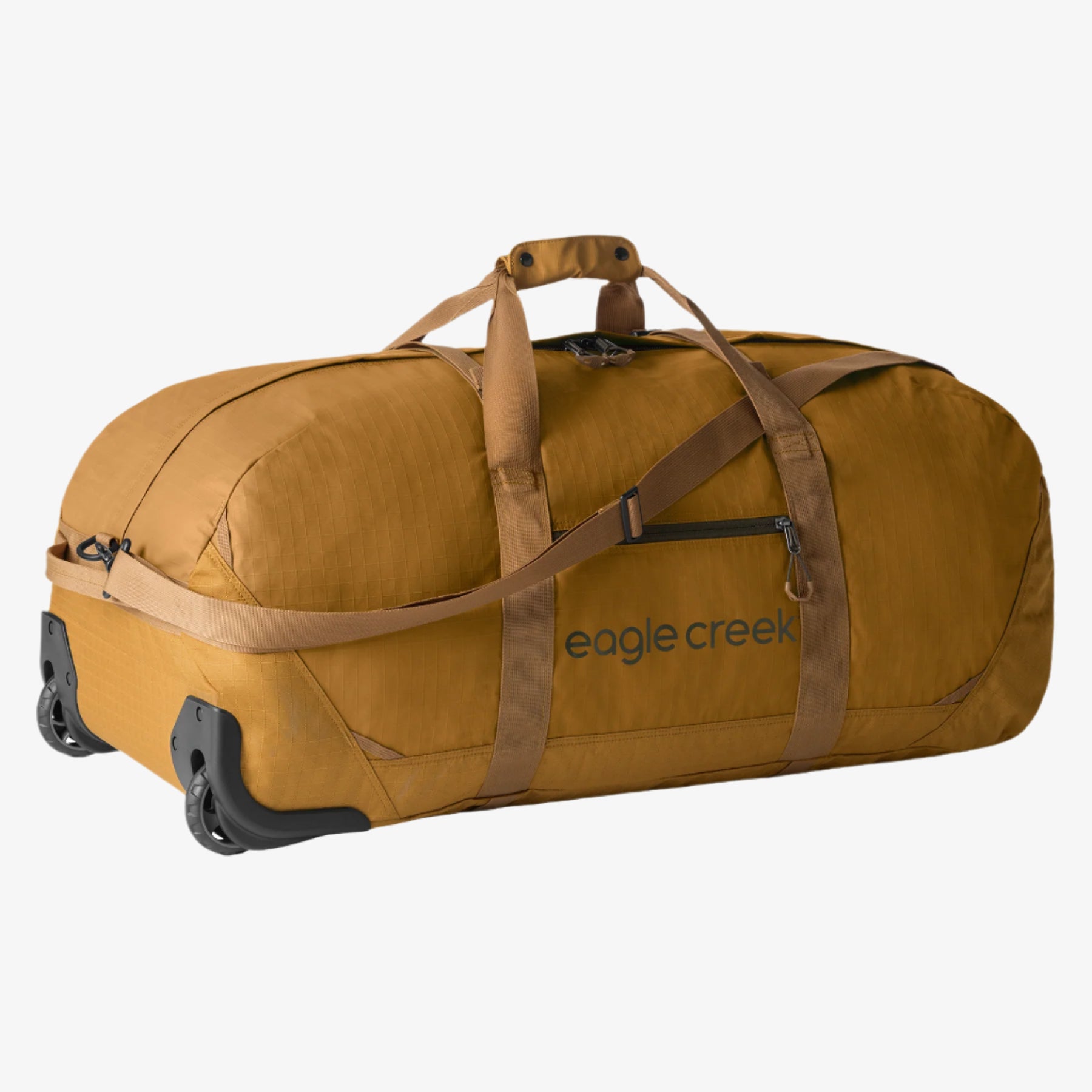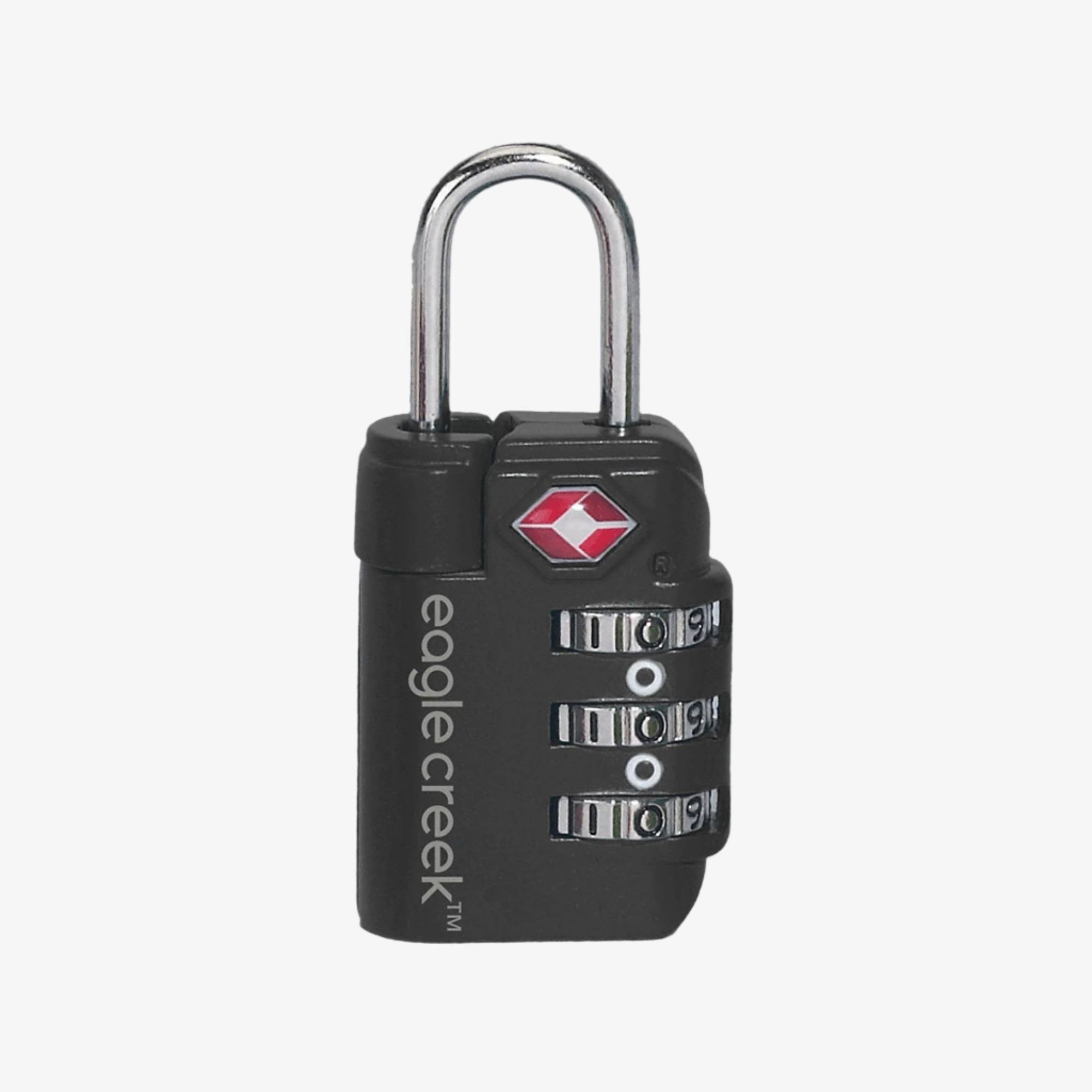Get Hooked on South Korean Spring Festivals

South Korea is a great spring travel destination because you'll enjoy warm—but not overly hot—weather, and you'll be there just in time for the country's major festivals, which revolve around flowers, food, and a seaside miracle.
Cherry Blossoms All Over
The cherry blossom festivals start as early as March on Jeju Island and move north toward the DMZ (The Demilitarized Zone) by the end of April. You’ll have a hard time finding a city in Korea that doesn’t have cherry blossom viewing spots, so don’t worry about planning for this unless you have a particular event in mind. Popular events include Seoul’s Yeouido Spring Flower Festival and North Gyeongsang Province’s Gyeongju Cherry Blossom Marathon. In early April, thousands of visitors venturing south to tiny Jinhae make that small town the scene of South Korea’s largest cherry blossom gathering.

Even More Flowers
Spring continues with more flower festivals throughout Korea, and the country’s most popular theme park, Everland, hosts a Tulip Festival through mid-April with more than 100 varieties on display. On the southwest coast, Yeosu’s Yeongchwisan Azalea Festival (in early April) brings busloads of hikers to explore the mountains in search of beautiful pink flowers. It’s a little too cold to enjoy Jeju’s beaches in mid-April, but the island’s bright yellow canola flowers pop up then, and a festival is held on nearby Udo Island. Grab some peanut- or tangerine-flavored ice cream that many visitors come to enjoy on Udo.
Wild, Wonderful Green Tea
Get up close with Korean green tea at its most popular source with a hike around the picturesque terraces in Boseong, not far from Gwangju. Nearby restaurants serve green tea noodles for lunch and nokcha ice cream for dessert. Plan to buy and pack away some of this delicious tea and if you’re feeling generous, grab some for your family and friends. A lesser-known yet equally interesting event is in nearby Hadong County, where the Wild Tea Cultural Festival will introduce visitors to the country’s first plantation site. Hands-on activities are offered at Hadong’s Green Tea Cultural Center, Hwagae Market, and Ssanggyesa Temple during this time.

Spring for Food
Most Korean food festivals take place in fall and winter, but the Nonsan Strawberry Festival (in late March/early April) near Daejeon is one of a few outliers. Visitors can make jam and pick their own strawberries to eat or put away in their bags for later. On the East Coast, there's the Yeongdeok Snow Crab Festival, with samples of everyone’s favorite crustacean on display. Korea’s second city, Busan, hosts the Gwangalli Eobang Festival (at the end of April) by the beach, where visitors can catch fish barehanded or join a cooking contest.
Breathe in the Bamboo
You’ll occasionally find bamboo forests in cities throughout Korea, but Damyang has the biggest plot of land dedicated to the tall, woody perennials. The South Jeolla Province city near Gwangju holds an annual Bamboo Festival in May that will lead you through its two-kilometer (1.2-mile) forest. The forest’s oxygen levels are posted outside for those who are curious, as bamboo is known to produce considerably more oxygen than the carbon dioxide that it absorbs. Cycle around town and seek out some delicious tteok galbi (minced beef) before walking through Damyang’s metasequoia forest.
Miracles by the Sea
Near the end of April, an interesting phenomenon takes hold in the country’s southwest corner. Extreme low tide creates a temporary walkway from mainland Jindo Island to a nearby island, and visitors cram the new land to partake in the erupting festivities. Known as the Jindo Miracle Sea Road Festival, this hugely popular festival hosts events surrounding the sea, including events that let participants eat and cook the island’s famed abalone (sea snails). Once you see one of Jindo’s cute, husky-like dogs, you’ll face a new challenge—trying not to take one home.

Honorable Flowers and Butterflies
Two flower festivals that signal spring’s arrival in March are the Gwangyang Maehwa and Gurye Sansuyu festivals. They’re a bit smaller in scale than the cherry blossom festivals, but deserve a mention. The Hampyeong Butterfly Festival runs through the beginning of May and transforms a small town into a “land of butterflies” during the occasion. Seoul’s Lotus Lantern is popular for followers of Buddhism and visitors to the capital. Lanterns can be seen throughout Korean temples in the days leading up to Buddha’s Birthday, a nationwide spring holiday.
When it comes to South Korea, spring is just the start, and if you give this beautiful country another visit, you’ll see that it’s one of the planet’s most fascinating places.
Now it's your turn to chime in. Out of all of these spring festivals above, which one is the first you’d want to see when visiting South Korea?
While Eagle Creek is here to provide tips and insights on travel, we cannot accept any responsibility for any potential consequences arising from the use of this information. Always conduct your own research and use your best judgment.
Related Links (from Eagle Creek blog):
6 Ways to Explore Tokyo Like a Local







































